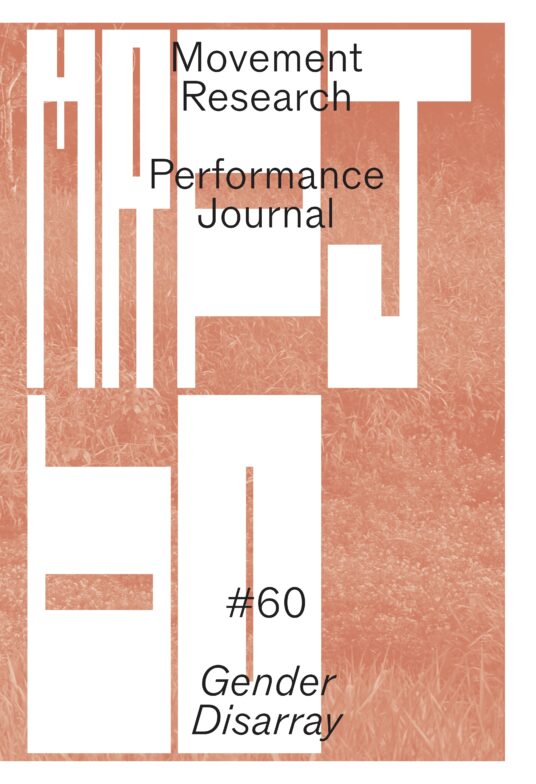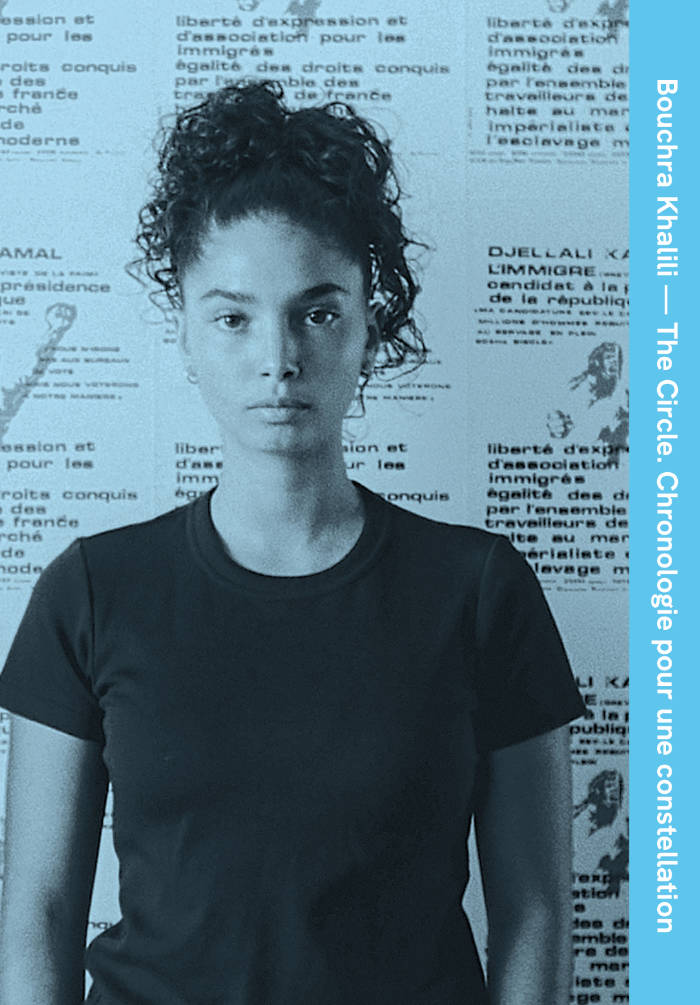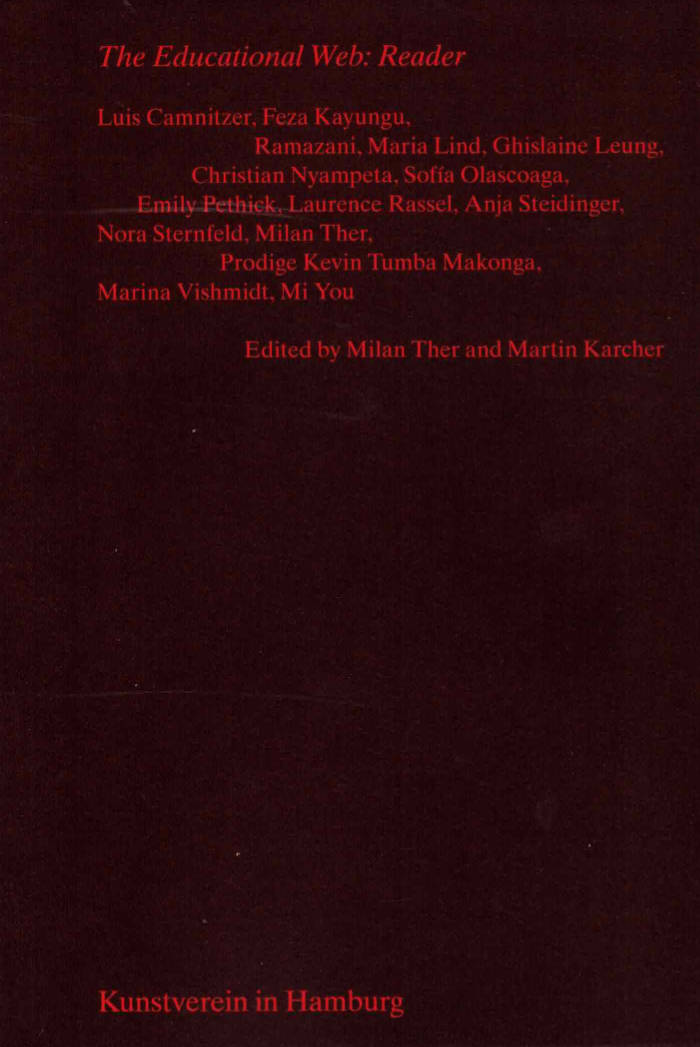A reader documenting the exhibition and symposium on eight schools, educational organisations and independent, self-organised educational programmes which see themselves as alternatives to traditional art academies and currently occupy central positions in the field of contemporary art.
The Educational Web: Reader brought together eight schools, educational organisations and independent, self-organised educational programmes at the Kunstverein in Hamburg. Often with a strong theoretical orientation, each of the programmes can be understood as a space for learning, a network and a community that does not rely on traditional curricula, but is organised around a form of immediacy and the relationship between artistic practice and local context. The programmes were invited to exhibit their own pedagogical approaches, resulting in an exploration of the interface between pedagogy, artistic practice and curatorial work.
Artists, researchers, and educators came together for the symposium on 1 and 2 July 2023 to articulate and reflect on recent developments in artist-initiated pedagogy and institutional practice. The symposium continued the questions raised by the exhibition and was expanded by a series of contributions, which are now collected for the first time in revised form in this volume, The Educational Web: Reader.
Texts by Luis Camnitzer, Feza Kayungu Ramazani, Maria Lind, Ghislaine Leung, Christian Nyampeta, Sofía Olascoaga, Emily Pethick, Laurence Rassel, Anja Steidinger, Nora Sternfeld, Prodige Kevin Tumba Makonga, Marina Vishmidt, Mi You.







